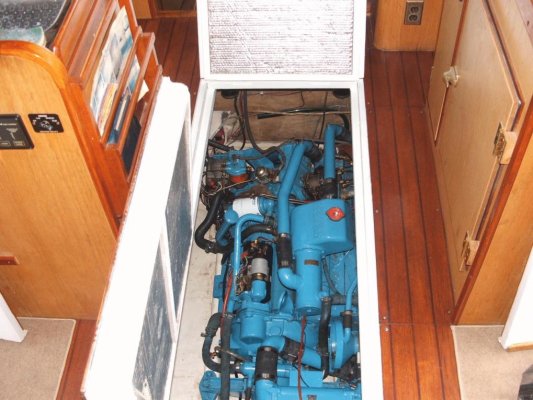sunchaser
Guru
- Joined
- Apr 9, 2008
- Messages
- 10,196
- Location
- usa
- Vessel Name
- sunchaser V
- Vessel Make
- DeFever 48 (sold)
150 hp is the EPA cut off for naturally aspirated diesel engines.
My point exactly. That said, Mark can you by your engine new today without a turbo?
For those of us that have had heavy duty equipment experience a turbo charged diesel is a necessary fact of life and has been for nearly 3/4 of a century. Millions of engines are made each year with turbos and very long warranties.
But, with a bad wet exhaust system turbos cost money to repair. An improperly designed and maintained raw water system with turbo and after cooler is indeed problematic. There are however NA engines that have suffered due to salt water intrusion through the exhaust system.


